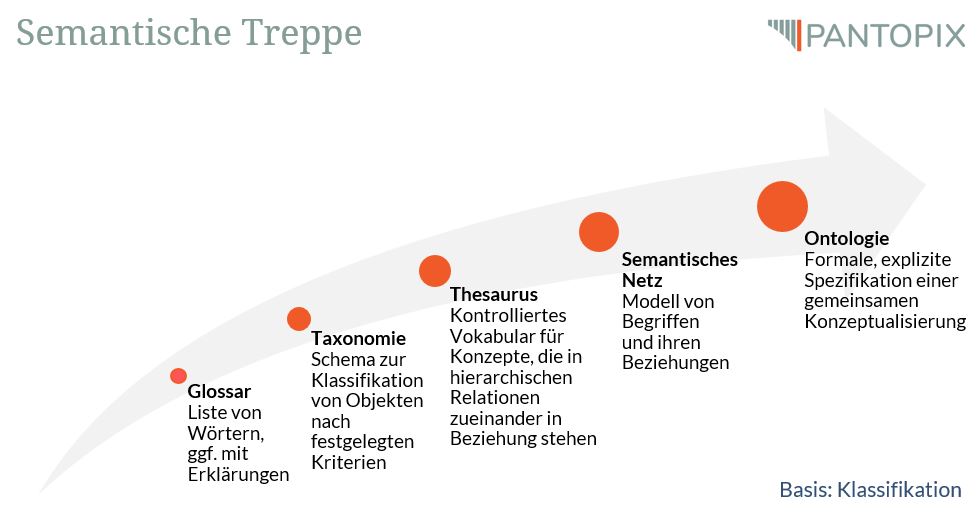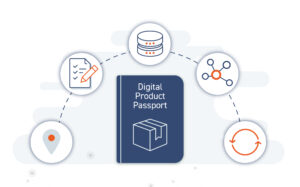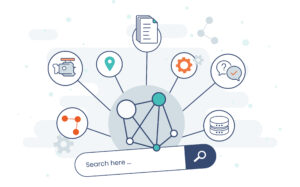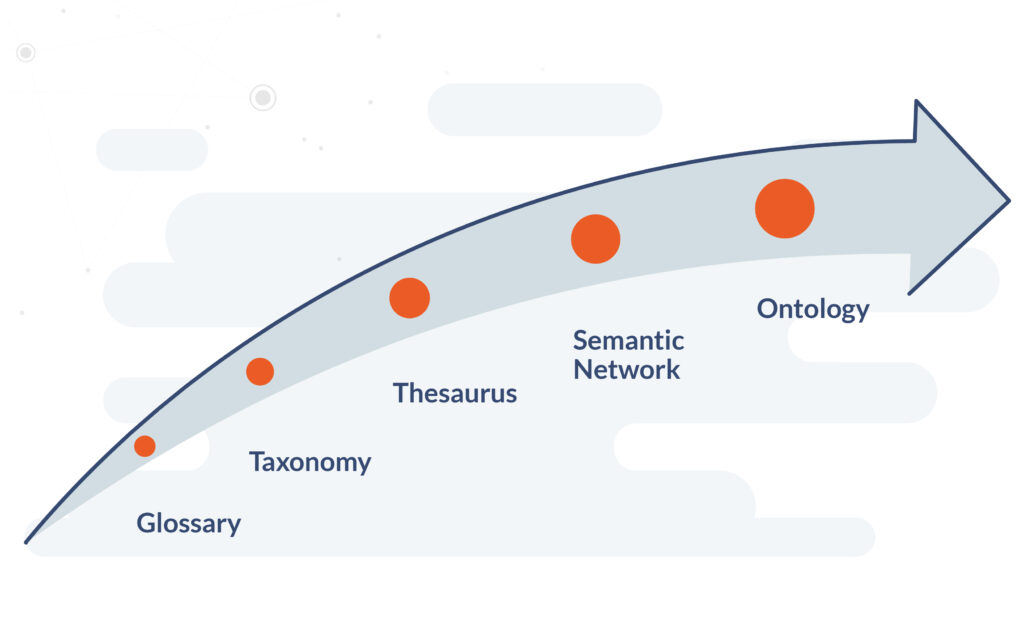Articles
Meaning of semantics in technical communication.
Today, semantics is therefore being discussed more and more frequently, especially in connection with terms such as “semantic web” or “semantic knowledge management.” But what exactly does semantics mean, and how relevant is it to technical documentation?
For many industrial companies, effective product communication is becoming increasingly challenging as products and product ranges become more complex. The amount of technical information is growing rapidly. The criteria for the type and provision of content are changing, partly due to customer expectations and partly due to modern technologies such as artificial intelligence. New structures and approaches are needed to make efficient use of heterogeneous product information, which is usually scattered across various data silos.
What is semantics?
Semantics refers to the meaning of words, sentences, or expressions within a particular language. It is about how words and sentences convey meaning and how these meanings can be interpreted.
“A simple example of semantics is the word ‘snake’,” says Dr. Martin Ley, professor of information management at Munich University of Applied Sciences. “At first, you probably think of an animal. But if someone says, for example, ‘I’m standing in line,’ it means that they are standing in a queue. Semantics therefore helps us to understand the meaning of a word or sentence in a specific context.”
In product communication, semantics is about assigning precise meanings to information and structuring it in a machine-readable way, for example through metadata. Terms such as “pressure valve” or “sensor group” are described and linked in semantic models such as ontologies, taxonomies, or thesauri in such a way that their technical function, position, and relationship to other components are clearly defined. This creates semantic information.
What is semantic knowledge management?
Semantic knowledge management refers to the use of semantic analysis and modeling technologies and methods to improve knowledge management in companies and organizations. It involves capturing the meaning and relationships between data and creating a unified view of information, regardless of its source or format.
Semantic knowledge management uses semantic models such as ontologies, taxonomies, or thesauri to describe the meaning of data and establish relationships between data. These models can help integrate data in different formats and from different sources and make it accessible for easier searching and analysis.
This creates a consistent knowledge base that not only makes technical documentation more efficient, but also supports automated processes, semantic searches and analyses, intelligent service applications, and digital twins.
“Semantic knowledge management can be particularly important in companies that work with large amounts of unstructured data and information. It enables a better understanding of information and facilitates collaboration between different departments by creating a common language for describing information and a common basis for decision-making,” explains Dr. Martin Ley.
Companies that integrate semantics into their technical communication are laying the foundation for future-proof information systems.
What is the semantic staircase?
In order to systematically organize semantic information and represent its relationships, technical communication uses a hierarchical structure known as the semantic staircase. It visually represents how terms are structured, from simple definitions to complex ontologies. With each step, the semantic depth increases.

Glossary: A glossary is an alphabetically ordered list of technical terms and their definitions used in a specific field. It serves to explain the meaning and usage of technical terms and ensures consistent use of terminology.
Taxonomy: A taxonomy is a hierarchical organization of terms into categories or classes to define relationships between them. Taxonomies are commonly used to organize and structure information, making it easier to find and use.
Thesaurus: A thesaurus is a collection of related words or terms that are organized and categorized. It serves to explain the meaning of words and identify synonyms and other related terms. A thesaurus is often used in information search and processing to improve the precision and relevance of search results.
Semantic Network: A semantic network is a graphical representation of concepts and their relationships. It visualizes and explains the meaning and relationships between terms.
Ontology: An ontology is a semantic model that formally defines the meaning of terms and the relationships between them. It typically includes a set of concepts, attributes, properties, and relationships relevant in a specific context.
This knowledge modeling serves to define and describe the meaning of terms and the relationships between them in order to create consistent views of information.
Knowledge graphs as a practical application of semantics
Knowledge graphs are a concrete way of making semantic models such as ontologies or thesauri technically usable. They link entities – such as products, components, standards, or processes – with their properties and relationships, forming a semantic network. This allows information from various sources, whether structured or unstructured, to be merged and presented in a common context.
Knowledge graphs offer considerable added value for technical communication: content can be managed in a modular way, provided in a context-sensitive manner, and accessed in a user-centered way—for example, by asking the question: “What safety-related information applies to component X in product variant Y?”
Knowledge graphs thus become a bridge between semantic theory and the practical use of information in companies.
Learn more about the creation and possible applications of knowledge graphs in our knowledge article. Or read our success story about the Service Copilot for ZEISS to find out how a knowledge graph and AI were used to create an intelligent service assistant that makes the daily work of technicians much easier.
Introducing knowledge graphs in companies
Giving technical communication a semantic foundation does not have to be a major project for companies. A pilot project with selected products or data points is a good first step. Such a proof of concept makes it possible to test specific use cases for semantic product information—such as improving information searches in service portals or automating translations. This reveals quick wins that make the added value of semantic knowledge management tangible for other departments and divisions.
High benefits of semantics in technical writing
A semantic approach to technical communication offers companies measurable advantages that go beyond the mere structuring of content. The systematic modeling of terms and their relationships not only improves the quality of product communication, but also increases efficiency in key business processes.
Findability: When information is enriched with meaning, content can be found more quickly and easily. Semantic models enable context-based searches that go far beyond simple keyword matching.
Translatability: Semantics improves the automatic translation of texts. When information is semantically enriched, a translation engine can better understand the text and thus deliver a more accurate translation.
Customizability: Content can be automatically adapted based on semantic insights into the user’s interests and preferences.
Consistency: Semantics enables consistent use of terminology across all departments and ensures that the same terms and definitions are used in all documents and applications.
Future-proofing: Semantic models help not only humans but also machines to better understand and process information. They thus form the basis on which data-driven information products such as digital twins are developed and maintenance strategies such as predictive maintenance are implemented.
It is therefore clear that without semantics, everything is meaningless. Semantics enables flexible information provision and is particularly important in relation to the use of artificial intelligence.
Podcast: The Significance of Semantics
You can learn more about semantics in the Doku-Lounge podcast with Dr. Martin Ley and Kerstin Berke from Quanos. They discuss questions such as: What makes supposedly smart information smart in the first place? What is the significance of metadata and how does it relate to other data? Why is this important for technical writing?
Author: Sandy Hedig, Marketing Manager at PANTOPIX, in collaboration with Dr. Martin Ley, Professor of Information Management at Munich University of Applied Sciences.
As of: September 2025

Sandy Hedig
Marketing Manager
PANTOPIX

Dr. Martin Ley
Managing Director
PANTOPIX
Subscribe to the free newsletter from PANTOPIX.
We will gladly keep you informed regularly about new articles.

DPP in practice: How the digital product passport is becoming the driving force behind the information hub
To prevent the digital product passport from becoming yet another data container, companies need to rethink their information strategy.

Knowledge Graphs in Technical Communication: Definition, Use and Benefits
Knowledge graphs virtualize and connect information that exists in information silos in structured and unstructured forms.

Improving service quality with networked information
Production processes are being continuously optimized and automation solutions are being promoted. However, in the service department, where customers expect quick responses, precise solutions, and personal support, digital progress all too often comes to a halt.
Contact us
Maraike Heim
Haed of Marketing
- maraike.heim@pantopix.com

